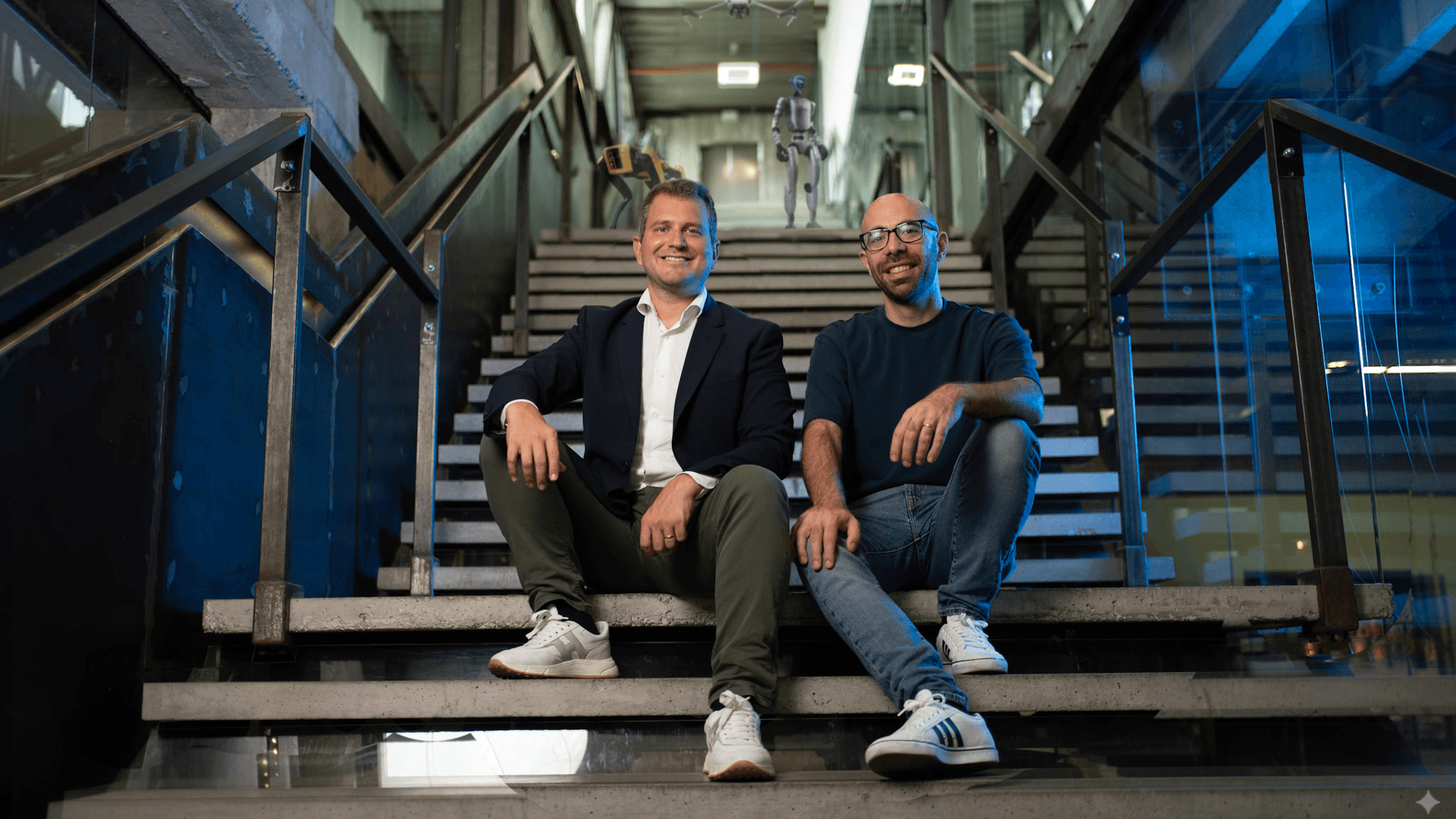Milan’s Cyberwave, which builds an operating layer between AI agents and real-world machines, has raised €7 million in a round led by United Ventures with participation from The TechShop, alongside seed funds Vento (Exor), Pi Campus, and several prominent angel investors.
Cyberwave’s platform connects AI systems to physical machines through digital twins, simulation, and orchestration tools, enabling developers to control robots, machines, and sensors with minimal friction. Founded by Simone Di Somma and Vittorio Banfi, the company aims to provide core infrastructure for AI-driven automation in Europe.
Deploying AI in the physical world remains slow and costly. Robots, sensors, and actuators often use bespoke APIs and specifications, and many projects depend on system integrators. The result is rigid, high-cost implementations that limit factory flexibility amid labour shortages, demographic decline, and pressure to boost productivity and reindustrialisation in Europe. Research estimates that integration complexity leaves roughly 30 per cent of manufacturing tasks manual, and the global manufacturing workforce could face an 8-million shortfall by 2030.
Cyberwave addresses this by transforming physical hardware into programmable digital twins, so developers can simulate, control, and orchestrate machines with minimal code. A seamless developer experience is its key differentiator versus infrastructure-focused peers.
At the core is a growing catalogue of digital twins that functions as a two-sided marketplace. Hardware makers can integrate their devices once, making them immediately available to developers. In contrast, developers gain plug-and-play access to an expanding range of robotic systems, from industrial arms to drones and sensors.
Applications span civilian and defence contexts, including defect rework on assembly lines, logistics packing optimisation, drone inspections, construction site monitoring, and computer-vision upgrades that turn cameras into intelligent sensors. The platform’s rapid reconfiguration also supports defence needs for flexible, scalable production.
Simone Di Somma, co-founder and CEO, said:
Our goal is to bring the speed of digital software to the physical world. We want developers to treat machines the way they treat code—flexible, composable, and programmable. Just as SAP became the system of record for digital processes, Cyberwave is building the ‘system of actions’ for the physical world.
The company is initially focusing on Europe’s manufacturing leaders, with planned US expansion to support European customers’ operations and tap North American reindustrialisation momentum.
The funding coincides with the October 2025 launch of Cyberwave’s digital-twins platform. It will support the expansion of the developer ecosystem and validation of early enterprise use cases across manufacturing, logistics, and inspections.



Would you like to write the first comment?
Login to post comments